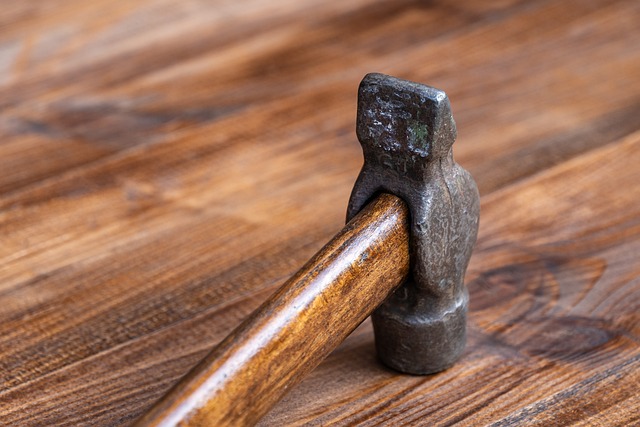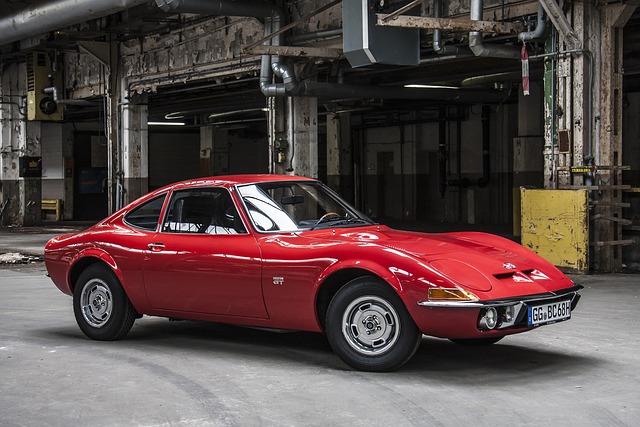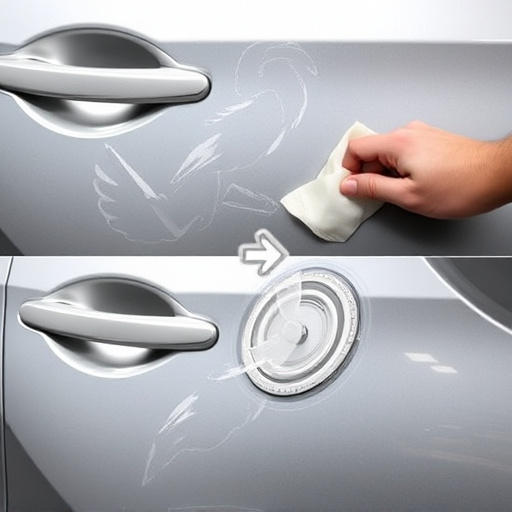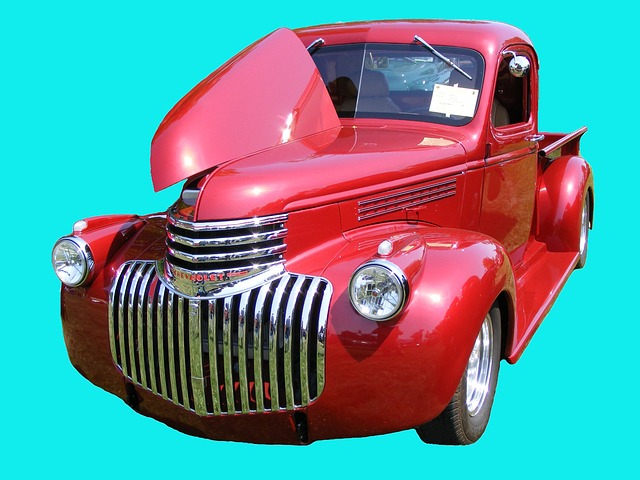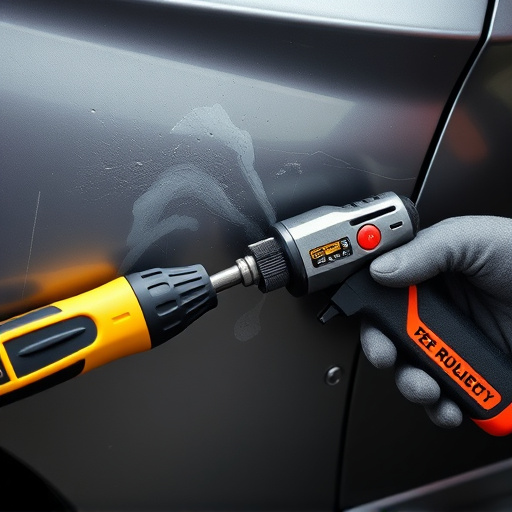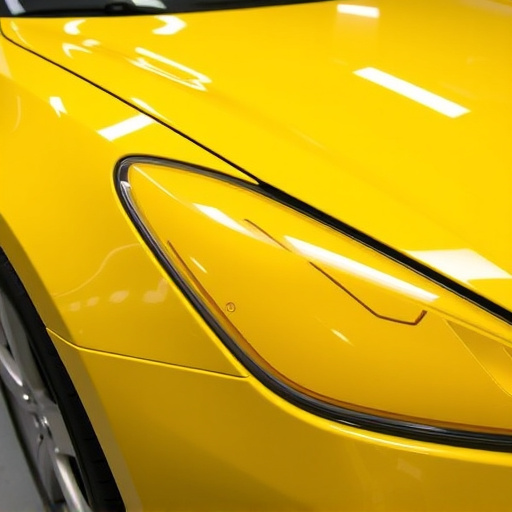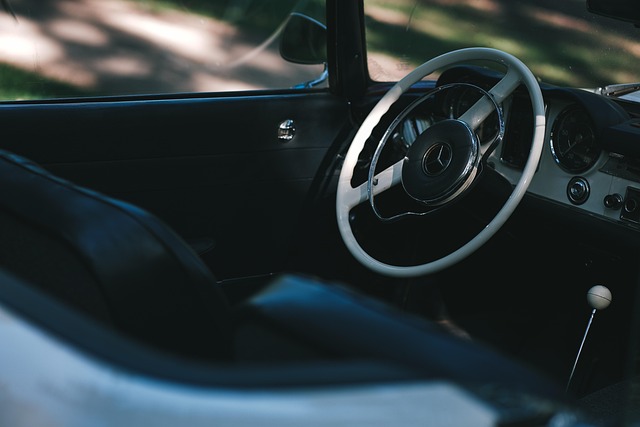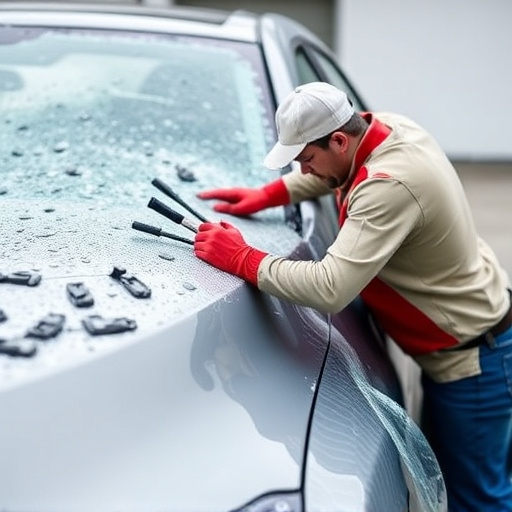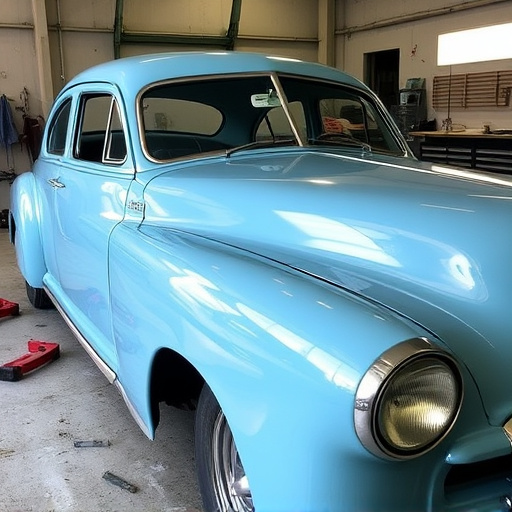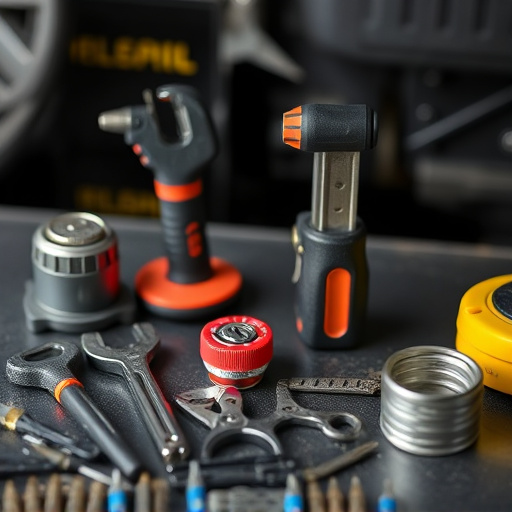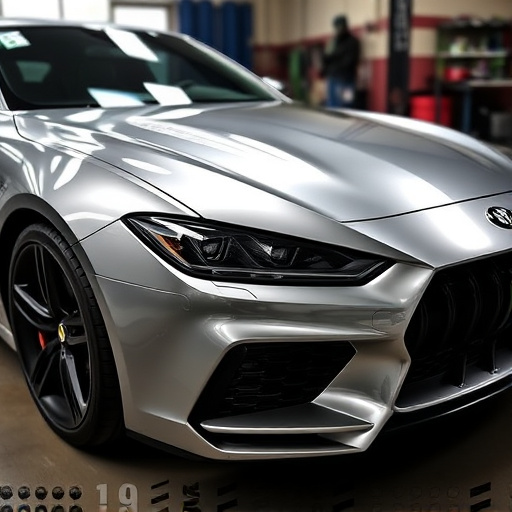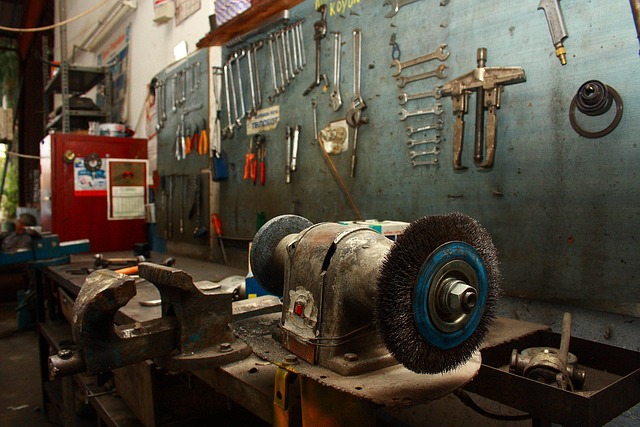In candy paint collision repairs, auto body shops balance OEM (Original Equipment Manufacturer) parts' guaranteed accuracy with custom matching for unique colors. OEM parts offer quality and warranties but higher costs and longer waits. Custom matching provides cost savings, faster turnaround times, and access to specialized colors, enhancing vehicle aesthetics and resale value while ensuring unnoticeable repairs that withstand UV exposure and weathering. The choice depends on damage severity, part availability, and customer preference for authenticity versus customization.
In the realm of candy paint collision repairs, choosing between Original Equipment Manufacturer (OEM) and custom matching parts is a critical decision. This article delves into the intricacies of these two approaches, providing insights for professionals and enthusiasts alike. We explore the basics of OEM vs custom matching, weigh the advantages and disadvantages of each, and highlight techniques used in custom matching to achieve unparalleled finishes. Understanding these options ensures optimal results in candy paint collision repairs.
- Understanding OEM vs Custom Matching: The Basics of Candy Paint Collision Repair
- Advantages and Disadvantages of Using OEM Parts for Candy Paint Jobs
- Custom Matching: Techniques, Considerations, and Benefits for Unparalleled Finish in Collision Repairs
Understanding OEM vs Custom Matching: The Basics of Candy Paint Collision Repair
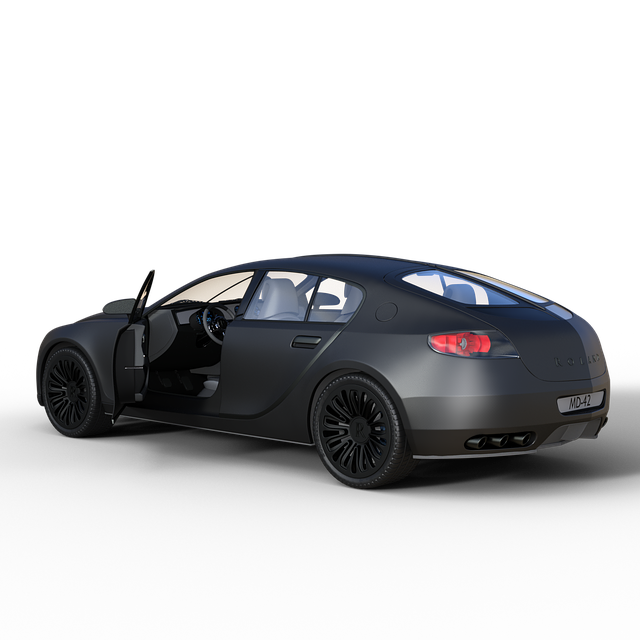
In the realm of candy paint collision repairs, understanding the distinction between OEM (Original Equipment Manufacturer) and custom matching is paramount for achieving flawless results. When a vehicle undergoes collision damage, especially to its exterior finish, the goal is not just to fix the dents but also to restore the car’s aesthetic appeal and original appearance.
OEM parts refer to the exact match replacements provided by the vehicle manufacturer, ensuring color accuracy and quality. On the other hand, custom matching involves skillfully replicating the original paint shade using specialized techniques and equipment. Auto repair shops offering candy paint collision repairs typically employ either or both methods—OEM parts for guaranteed color precision and custom matching for unique or hard-to-find shades, ensuring a perfect fit in terms of both visual appeal and vehicle value preservation. For effective vehicle paint repair, especially through paintless dent repair techniques, the choice between OEM and custom matching depends on various factors, including the severity of damage, availability of parts, and the customer’s preference for authenticity versus customization.
Advantages and Disadvantages of Using OEM Parts for Candy Paint Jobs
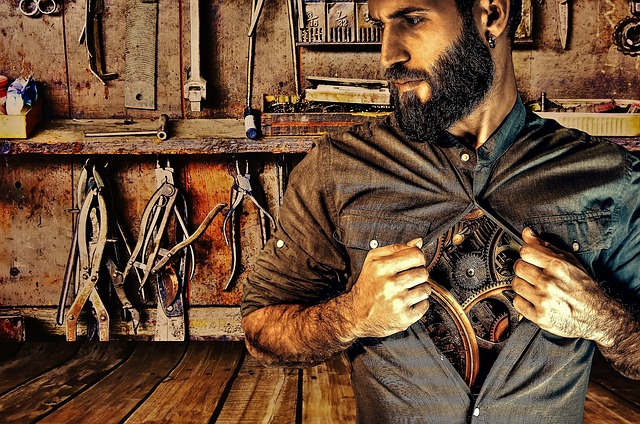
Using Original Equipment Manufacturer (OEM) parts for candy paint collision repairs offers several advantages. Firstly, OEM parts are designed to fit perfectly with your vehicle’s bodywork, ensuring a seamless and accurate repair that matches the car’s original specifications. This precision is particularly crucial for achieving a vibrant and flawless finish in candy paint jobs, where even the slightest misalignment can be noticeable. Additionally, these parts often come with warranties, providing peace of mind for customers who want to ensure their investment is protected.
However, there are also disadvantages to consider. OEM parts can be more expensive than custom-made alternatives, which might not suit every budget. Moreover, the availability and lead times for these parts can be longer, potentially causing delays in the car body shop’s work schedule. In contrast, custom-matched parts offer cost savings and faster turnaround times, making them appealing options for both repair shops and customers looking to minimize downtime and maximize value in their vehicle paint repair.
Custom Matching: Techniques, Considerations, and Benefits for Unparalleled Finish in Collision Repairs
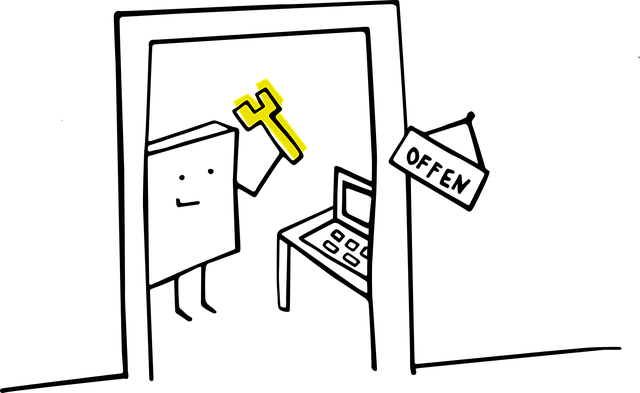
Custom matching is a highly skilled technique employed by expert auto body shops to achieve an unparalleled finish in candy paint collision repairs. Unlike OEM (Original Equipment Manufacturer) replacement, which uses factory-spec colors and may not always match perfectly due to variations in batch production, custom matching involves carefully analyzing and replicating the exact color code of the damaged area. This meticulous process includes mixing pigments and base coats to recreate the original shade, ensuring a seamless blend that matches the vehicle’s body perfectly.
The considerations in custom matching are vast. It requires advanced tools, precise measurement techniques, and an eye for detail. Auto dent repair experts must account for factors like clear coat thickness, color fading, and environmental conditions that can impact the final outcome. Despite these challenges, custom matching offers significant benefits. It results in a repair that is virtually indistinguishable from the original paint job, enhancing the vehicle’s aesthetics and resale value. Moreover, it provides a durable solution, ensuring the repaired area stands up to UV exposure and weathering, just like the rest of the vehicle body shop’s work.
In the realm of candy paint collision repairs, the choice between OEM (Original Equipment Manufacturer) and custom matching parts can significantly impact the final result. While OEM parts offer brand-specific accuracy and reliability, custom matching provides an unparalleled level of precision and finish. Depending on the scope of the repair and desired aesthetics, each approach has its advantages and disadvantages. For complex jobs demanding a flawless, unique finish, custom matching techniques become the game changer, ensuring a symphony of color that dances with light. In contrast, for more straightforward repairs or when cost-effectiveness is paramount, OEM parts can deliver a satisfactory outcome without breaking the bank. Ultimately, the decision should be guided by the specific needs and aspirations of each candy paint collision repair project.
